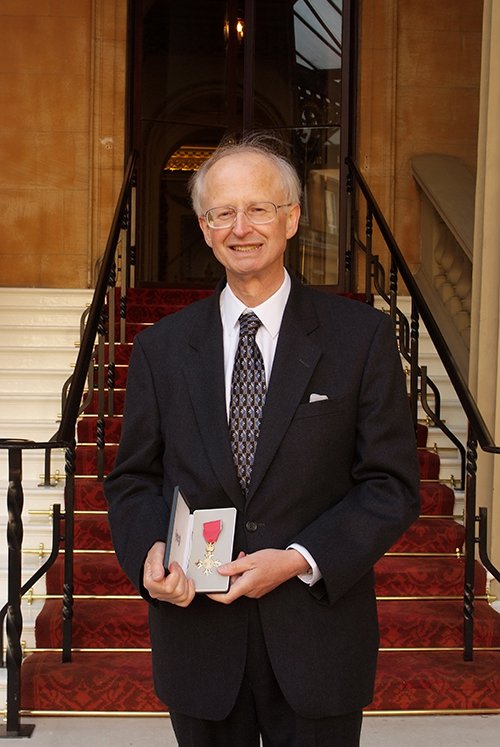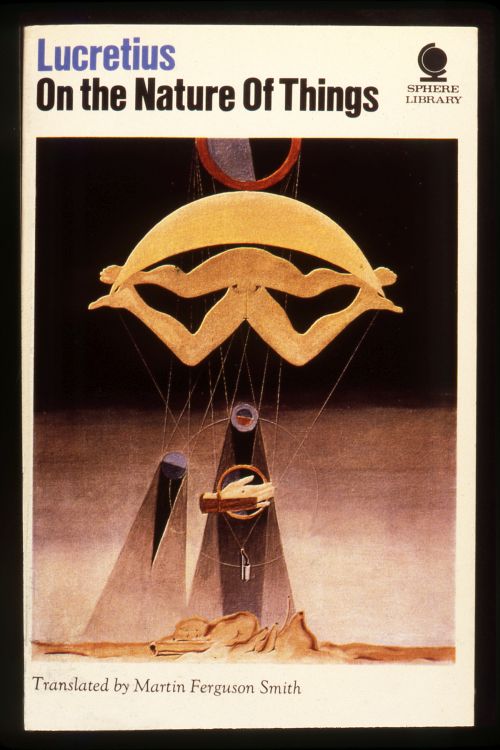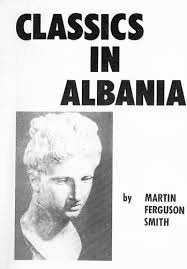APRIL 2025
The Artist Helen Coombe (1864-1937): The Tragedy of Roger Fry’s Wife.
London: Paul Holberton Publishing for Hogarth Arts. Hardback, published 1 October 2023.
72 illustrations. ISBN 978-1-913645-53-3, RRP £45 (€50, $55).
The book continues to receive high praise, and not only from art historians.

“The deeply moving chronicle of an artist whose promising career was
cut short by severe mental illness. … Smith’s fine book poignantly
evokes Helen Coombe’s tragic life while also richly celebrating her creative talent.”
The British Art Journal (Peter Cormack)
"The tragedy of Helen's illness is deepened and darkened by her brilliance as an artist. ...
Brilliantly illuminating and deeply moving, The Artist Helen Coombe is a biographical treasure."
English Studies (Linda Elisabeth LaPinta)
“Meticulous biography …Little of [Coombe’s] work survives, but
illustrations here give flashes of her genius.”
RA [Royal Academy] Magazine (Ed Bankes)
""Coombe ... was not some generic madwoman in the attic, but a painter and designer of note,
a far better one than Fry had ever been. ... Smith aims to give Coombe back her identity,
not only as an artist of considerable achievement, but also as a woman with a distinct emotional
and social trajectory. ... The correspondence [between the couple], especially on Coombe's side,
flashes with wit, intelligence and despair".
The Times Literary Supplement, "His better half: A painter and designer who outshone her famous husband" (Kathryn Hughes)
“A compelling and meticulously researched biography.”
Virginia Woolf Bulletin (Wendy Jones Nakanishi)
“Highly original and an absolutely key contribution to the convoluted and
often muddled history of the Bloomsbury Group - in its widest sense.”
Robin Simon, Editor of The British Art Journal
"A magisterial achievement".
Marianne Thormählen, Professor emerita, Lund University
"... a significant contribution to the history of art. ... An important story of a woman
whose struggles with her mental health robbed her of so much. ... the barriers she
faced were greater than those presented by illness alone. As a wife and mother, she
had less freedom to work than her husband, ... It is perhaps no surprise to learn that
[she] ... had no studio of her own in the marital home. I wonder what Fry's close
friend Virginia Woolf might have said about that!"
Cathy Hunt, Independent researcher
"Moved to tears."
Gela Dechert, Artist and social educator (Fränkische Schweiz, Germany)
Helen Coombe was the wife of the artist and art critic Roger Fry, who was to join Virginia Woolf and a dozen or so others in the Bloomsbury Group. Although this highly original book contributes much to knowledge of Roger Fry, it focuses throughout on Helen Coombe’s life and work. It reveals a strong-minded individual, who, with little financial support from her family, trained and became established as an artist whose genius won the admiration of her contemporaries. It presents examples of her fine work, including pictures, stained glass, and decorations of musical instruments. The serious mental illness, which erupted soon after her marriage and was identified long after her death as schizophrenia, was a tragedy for her, for her husband and family, and for British art: in the last 27 years of her life, she never lived at home, never saw her children, and never fulfilled any commissions. There are strong indications that her illness’s root cause was genetic, but that it was aggravated by Roger Fry’s behaviour. He wanted a wife who would take second place to his artistic career and ambitions. This did not suit her, and in every episode of her illness she turned against him. Two of his later lovers, Vanessa Bell and Josette Coatmellec, also found him “impossible”, and, when the latter committed suicide, Virginia Woolf wondered “how long can Roger love a woman without driving her mad”.
The book is a “must” for all interested in the Bloomsbury Group, the Arts and Crafts movement, and the handling of mental illness at a time before efficacious antipsychotic drugs were available.
Helen Coombe at the Royal Academy of ArtsHelen Coombe entered the RA (Royal Academy) Schools in 1882, aged eighteen, won a prestigious prize in 1885, and probably stayed until 1888.
She was one of the students who in 1883 successfully petitioned for women to be allowed to study and draw the partially-draped figure – a
small first step towards female students achieving equality with male students. This being so, it is fitting that Martin’s new biography of her is in the RA Library, is on sale in the RA Shop, and is reviewed in the RA Magazine just in time for International Women’s Day (9 March 2024) and the artist’s 160th birthday (23 March).
For the link to Martin’s article “The Royal Academy of Arts Students’ Clubs, 1883-1902”, see below, under AUGUST 2021.
On 21 February 2024 the Virginia Woolf Society of Great Britain held a Zoom meeting at which members read short passages of their choice. Martin’s choice was two extracts from loving letters from Roger Fry to Helen Coombe, published in his new book, The Artist Helen Coombe (1864-1937). One was written on 3 July 1896, about three weeks before they agreed to get married, the other on 9 January 1907, about three weeks before Helen had one of her periodic mental-health breakdowns and six months before she was sectioned under the Lunacy Act, the subject of a. detention order which remained in force until her death thirty years later. Martin considered it remarkable that the later passage, just as much as the earlier one, praised the originality and brilliance of Helen’s aesthetic sensibility and judgement.
My dearest Helen
I’m afraid you’ll have to love me after all because I want you to so very much - does
that reasoning seem inadequate perhaps it is - and the thing looks impossible you to whom
style is everything and me who can only appreciate style all the more because I haven’t got it.
You who live in appearance and care nothing about the whyness of the what to whom the
what is sufficient - I who am always grubbing in the entrails of things to find out their causes
I who believe in reality you who don’t. Yes, all that makes it very difficult but not impossible,
that is all I can console myself with.
Roger Fry wrote the second letter from Basel (Basle) Railway Station, where he has just arrived from London after a night in a couchette:
Dear one … you know you have genius you do things in a different way to what ordinary
reasoning and calculation would suggest. And then dear heart I’ve thought of all our talks on
other things and I do see how much deeper and wiser your view is than the one I might have
taken by myself. Your instincts I mean are really truer than mine though I can see that
wisdom and can and do understand and agree with it.
… Oh I want you so much – but also I almost like this time alone to digest all that you
have given me in a wonderful fortnight. Oh you have been extraordinary my dear, You do
give me new ideas of the range of yr. powers and the sureness of yr. touch. Still how I longed
for the morning kiss in my little shelf.
Yr. loving
Ro
DECEMBER 2024
Cataract
Martin recently had a cataract removed from the one eye in which he still has usable sight. Fittingly, the procedure was carried out by an Egyptian surgeon, although in Tyneside rather than beside the Nile!Fry art exhibitions, 1925-1926
Exhibitions of Fry artworks are planned for viewing at Charleston, Sussex, in October 2025 - March 2026 and the Museum of Somerset, Taunton, starting in April 2026. How much of Helen Coombe's work will be included is not yet known.Artwork by Helen Coombe in Australia
The Art Gallery of South Australia (AGSA), Adelaide, has a laudable
programme of making many of the items in its collection available online.
Among them is the Trevelyan cabinet (accession number 8711F9),
designed by Roger Fry and decorated by Helen Coombe, probably
created by the artists as a wedding present for their close friend Robert ("Bob"")
Calverley Trevelyan and his Dutch wife, Elizabeth ("Bessie") des
Amorie Trevelyan in 1900. Unknown to Martin when he was writing his
book about Helen Coombe, it is a welcome addition to the corpus of her
artworks.
James Mallon and Madeleine Symons, social reformers
24 December 2024 will be the 150th anniversary of the birth of James ("Jimmy") Joseph Mallon (1874-1961), an energetic and able campaigner for social reform, who from 1906 until 1954 worked at Toynbee Hall, the universities' settlement established in East London with the aim of improving the lives of the poor. From 1919 until 1954 he was its warden.From 1916 Mallon knew and often worked alongside the brilliant trade-union officer Madeleine Jane Symons (1895-1957), who, even before she was qualified to vote, became a member of the executive committee of the Labour Party, a Justice of the Peace, and a member of the ground-breaking Royal Commission on Lunacy and Mental Disorder (1924- 1926).
In 1926 Symons's trade-union career came to an end when she became pregnant and an unmarried mother. Her baby, Teresa, was born on 14 November. The father is revealed on Teresa's birth certificate to have been Mallon. The birth was registered on his 52nd birthday, 24 December 1926, but, if Symons ever seriously hoped that he would live with her and Teresa, she was soon disappointed: he stayed with his wife and sailed on with his career, while she lost hers. Several years were to pass before she re-emerged in public as a juvenile magistrate, in which capacity she continued her life-long championship of social justice.
Symons's moving story is told by Martin in his book Madeleine Symons: Social and Penal Reformer, published by SilverWood Books, Bristol, in 2017, and available in paperback or as an e-book. See MODERN, Books.
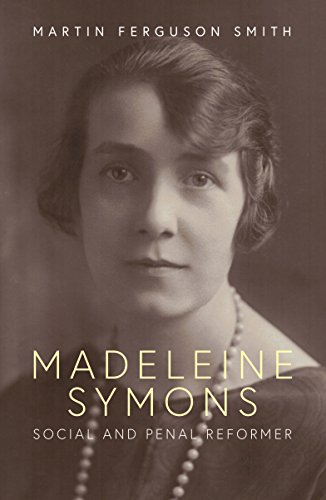
APRIL 2024
New article on Diogenes of Oinoanda
“Diogenes of Oinoanda Fr. 65 + Fr. 78: A Join Enabled by Digital Models”, Epigraphica Anatolica 55 (2022 [2024]), 121-129. Illustrated. With Jürgen Hammerstaedt.Digital scans prove that fr. 78 is a piece broken off from fr. 65, a damaged block of Diogenes’ Letter to Antipater. The two are brought together for the first time, and a revised text and interpretation of the passage is presented. It seems most likely that Diogenes is criticising a view of our world held by the Stoics, using a polemical argument similar to that of Lucretius 1.1052-1113.
MARCH 2024
Article on Virginia Woolf, Rose Macaulay, and the families to which they belonged
“The Stephen and Macaulay Families: Two New Letters”, Virginia Woolf Bulletin No. 75, January 2024, 28-39.
Martin presents and discusses two previously unpublished letters, written just after the death of Reginald Heber Macaulay in December 1937 and illustrative of the links between the Stephen and Macaulay families. The commentary leads on to consideration of the contacts and relations between Virginia Woolf, née Stephen, and Rose Macaulay. The article was written at the kind invitation of Sarah M. Hall, the owner of one of the letters.
A new review of In and Out of Bloomsbury
Martin’s book In and Out of Bloomsbury, of which full details are given below, under “SEPTEMBER 2023”, is reviewed by Luci Frerichs Parrish in VII: Journal of the Marion E. Wade Center, 39 (2023), pp, e126-e.127.
She comments: “[It] will have broad appeal among twentieth-century literature scholars and enthusiasts, particularly those who focus on Virginia Woolf, Dorothy L. Sayers, Rose Macaulay, and the Bloomsbury group”, adding that it “achieves what few academic works can boast, which is good critical scholarship from primary sources combined with a biographical sensibility for the casual reader”.
READ HERE: The review is open access and can be read in full here.
Diogenes of Oinoanda meeting in Türkiye / Turkey
On 21 December 2023 a meeting devoted to the Epicurean philosopher Diogenes of Oinoanda was held in Muğla, Türkiye. The first of the four lectures, by Alp Ejder Kantoğlu, was entitled “Martin Ferguson Smith ve Oinoanda’ya Adanan Bir Ömür” (“Martin Ferguson Smith and a Life Devoted to Oinoanda”).
SEPTEMBER 2023
In and out of Bloomsbury: Biographical Essays on Twentieth-Century Writers and Artists. Manchester: Manchester University Press, first published in hardback in July 2021, re-issued in paperback, 27 June 2023. 46 illustrations. ISBN 978-1-5261-7193-1, £20.00 ($29.95).
Included in 2025 in Manchester University Press's Literature and Theatre Collection, a newly-expanded digital resource.
“Delightfully written essays packed with revelations”
Robin Simon, editor of The British Art Journal
“A wealth of colourful new material”
Odin Dekkers, former editor of English Studies
“Fascinating essays”
Mark Hussey, distinguished Bloomsbury scholar
“Masterful”
The Times Literary Supplement (Vanessa Curtis)
“A delight from beginning to end”
English Studies (Marianne Thormählen)
“Both instructs and inspires”
Literature Cambridge (Mitchell Alcrim)
“…will have broad appeal. … achieves what few academic works can boast”
VII: Journal of the Marion E. Wade Center (Luci Frerichs Parrish)
*Longlisted for the William M.B. Berger Prize for British Art History 2022
Martin was invited to be an honorary guest at the Mavi Anadolu Felsefe Sempozyumu (Blue Anatolia Philosophy Symposium), held in Bodrum (ancient Halikarnassos), Turkey, on 24-25-26 April 2023. The theme of the symposium was: “Yaşam için Felsefe” : Muğlalı/Oinoandalı Diogenes’ten P. Hadot’ya [“Philosophy for Life” : From Diogenes of Muğla/Oinoanda to P. Hadot]. Martin’s paper, entitled “Diogenes of Oinoanda away from Oinoanda” and read in Turkish in his absence, mentioned Diogenes’ inclusion of material derived directly or indirectly from the historian Herodotus, Halikarnassos’s most famous cultural figure. But it focused most attention on Diogenes’ links to the island of Rhodes and Epicurean communities in mainland Greece, before concluding with mention of the philosopher’s philanthropic and cosmopolitan attitudes and their value to the modern world.
Diogenes of Oinoanda, new
“Oinoandalı Diogenes Önemi” (çev. Serena Nur Erkızan), Arkhe-logos, Cilt 8, Sayı 15 (ağustos 2023). In Turkish.
The text of a paper contributed to a colloquium in Muğla, Türkiye, in June 2022. See below, under JULY 2022.
Diogenes of Oinoanda, forthcoming
“Die epikureische Inschrift des Diogenes von Oinoanda”, in M. Bachmann (†), J. Hammerstaedt, E Laufer (eds), Oinoanda: Ergebnisse der Surveys 2007-2015: Bauforschung, Archäologie, Epigraphik. Expected in 2025 in the “Istanbuler Forschungen” series, published by Deutsches Archäologisches Institut, Istanbul. Illustrated. With Jürgen Hammerstaedt.
An exposition and discussion of Diogenes of Oinoanda, with particular reference to new discoveries made during the German-led survey of Oinoanda in 2007-2015. In German.
JULY 2022
Article relevant to the Covid-19 pandemic
“Pandemics, Plagues, and Philosophy: Moral Lessons from Antiquity for the Modern World”, Antigone [online classical journal]. January 2022. Illustrated.
Epicurean and Stoic philosophers could not offer vaccines or effective medicines to combat plagues and pestilences, but they did offer moral advice to
those caught up in such events, and they were concerned to combat the plagues of false opinions that blight the lives and happiness of so many.
Their advice is as relevant today as it was in antiquity.
READ HERE: https://antigonejournal.com/2022/01/pandemic-philosophy/
New article on Diogenes of Oinoanda
“Diogenes of Oinoanda: News and Notes XIV (2019-2021)”, Cronache Ercolanesi 52 (2022) 383-399. One illustration. A survey of recent work, including details of activities and a
critical review of over fifty relevant publications. There is also a tribute to the late Jim Coulton.
READ HERE: http://www.martinfergusonsmith.com/pdf/CRONACHE.pdf
(The article is made available here by kind permission of the editors of Cronache Ercolanesi,)
Colloquium on Diogenes of Oinoanda in Muğla
On 10-11 June 2022 a colloquium on Diogenes of Oinoanda, organised by Prof. Dr. H. Nur Beyaz Erkızan, was held at Muğla Sıtkı Köçman Üniversitesi. Muğla is the capital of the Turkish province in which Oinoanda is located. The papers were given by Turkish scholars in Turkish. The colloquium was dedicated to Martin, and a translation of his opening address, on “The Importance of Diogenes of Oinoanda”, was read in his absence.
DIOGENES OF OINOANDA COLLOQUIUM, MUĞLA, JUNE 2022
AUDITORIUM DURING MARTIN’S ADDRESS
Photo: ©Levent Erkızan
The holding of the colloquium is testimony to a very welcome growing interest in Diogenes of Oinoanda among Turkish scholars. It is planned to publish the papers with summaries in English.
August 2021
“The Royal Academy of Arts Students’ Clubs, 1883-1902,” The British Art Journal 22, No. 1 (Spring 2021) 78-88. 14 illustrations.
READ HERE: www.martinfergusonsmith.com/pdf/RA 20Clubs 20BAJ 20XXII.pdf
This link is provided by kind permission of the editor of The British Art Journal
This tale of two clubs is one that has never been told before. Each club had premises close to Piccadilly Circus. The earlier one, established in 1883,
was very short lived, but hosted important and influential lectures on art by Oscar Wilde and James McNeill Whistler. The later one, opened in 1889,
held regular meetings, especially smoking concerts – a sure sign that only men were eligible for membership! The exclusion of women is considered alongside
discussion of their status and discriminatory treatment in the Royal Academy Schools in the nineteenth century. Most of the illustrations are of the posters
and invitations designed by the students.
NOVEMBER 2020
“Fifty Years of New Epicurean Discoveries at Oinoanda”, Cronache Ercolanesi 50 (2020) 241-258.
The article chronicles the remarkable story of the Greek inscription set up by the Epicurean philosopher Diogenes of Oinoanda (the longest inscription known from the ancient world) from antiquity to the present, with particular focus on the discoveries and rediscoveries made at Oinoanda in the fifty years 1968-2017. Since 1968, when Martin inaugurated new investigations, huge progress has been made. As he points out:
“The number of fragments [of the inscription] has much more than tripled, from 88 to 305, and the quantity of text has more than doubled, from about 3,550 words to about 8,000. The length of the known parts of Diogenes’ inscription is now only slightly less than the combined length of Epicurus’ Letter to Herodotus, Letter to Menoeceus, and Principal Doctrines (Kyriai Doxai).”
He concludes:“Diogenes’ inscription … deserves a special place in the history of classical studies as one of the most remarkable documents to have come down to us from antiquity.”
In a similar vein, Professor Alexander Verlinsky of Saint Petersburg wrote to Martin:“I firmly believe that your Diogenes is one of the most outstanding discoveries in classics of the last two centuries.” (E-mail, 12 November 2017, quoted here with the writer’s kind permission)
READ HERE: https://www.martinfergusonsmith.com/pdf/CRONACHEERCOLANES.pdf
JANUARY 2020
"A New Look at Diogenes of Oinoanda, Fr. 157 Smith", Hyperboreus 25, 2 (2019) 351-362. 2 figures.
Contribution to an issue of Hyperboreus dedicated to Alexander Verlinsky, Professor of Classics, State University of St Petersburg, to mark his 60th birthday. The article presents a revised text, translation, and interpretation of a fragment of Diogenes' treatise Old Age - a fragment discovered by Martin at Oinoanda 50 years ago, in 1969.
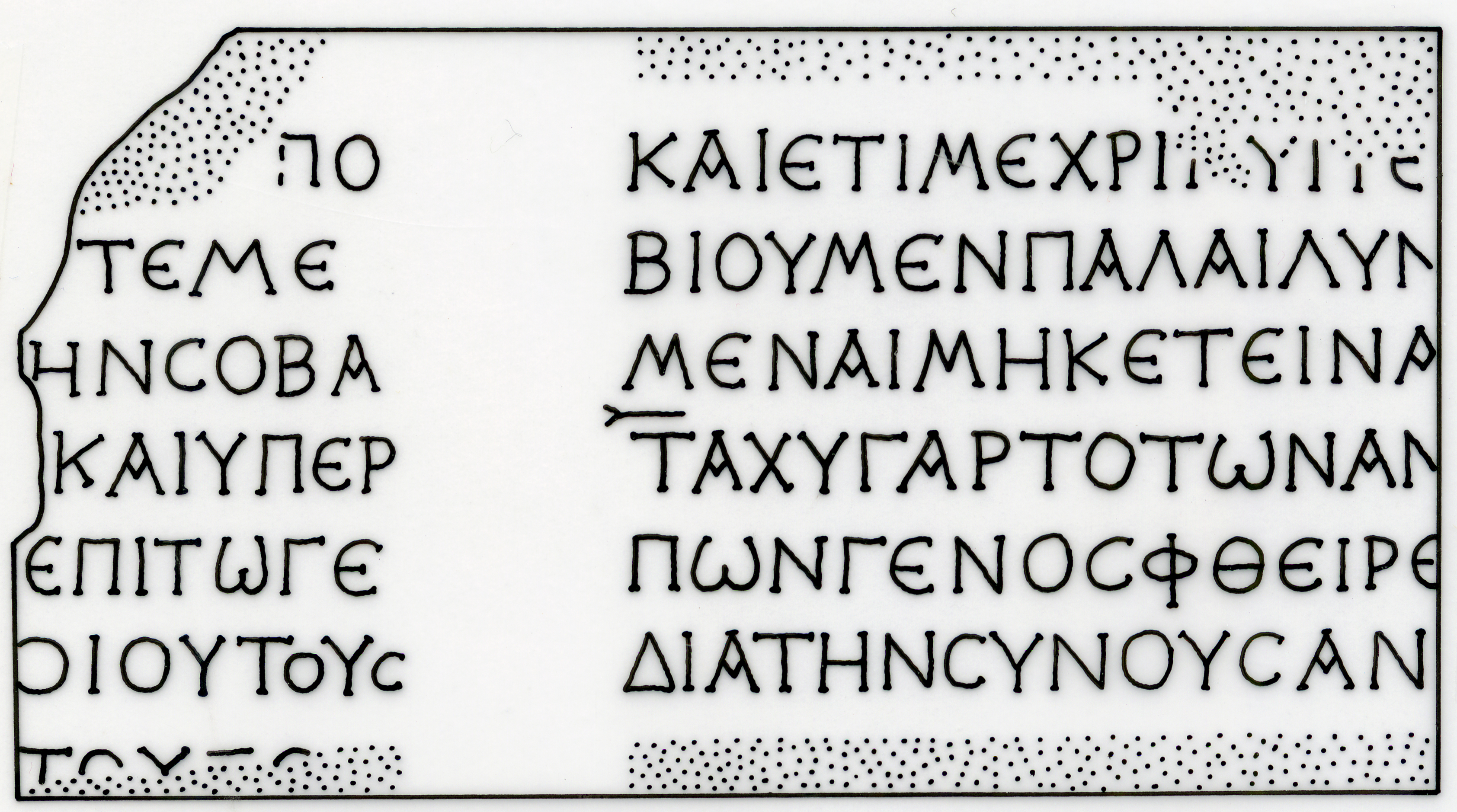
DIOGENES OF OINOANDA, FRAGMENT 157 (SMITH), DRAWING (12:100) © Martin Ferguson Smith
JUNE 2019
Jürgen Hammerstaedt’s and Martin’s article “Diogenes of Oinoanda: The New and Unexpected Discoveries of 2017 (NF 214-219), With a Re-edition of Fr. 70-72” published in Epigraphica Anatolica 51 (2018) 43-79. Illustrated. The first publication of six new pieces of Diogenes’ philosophical inscription recorded at Oinoanda in October 2017. Two of the pieces (NF 214 and 215) are of particularly great interest and importance. The article includes a revised text of three already-known passages.



